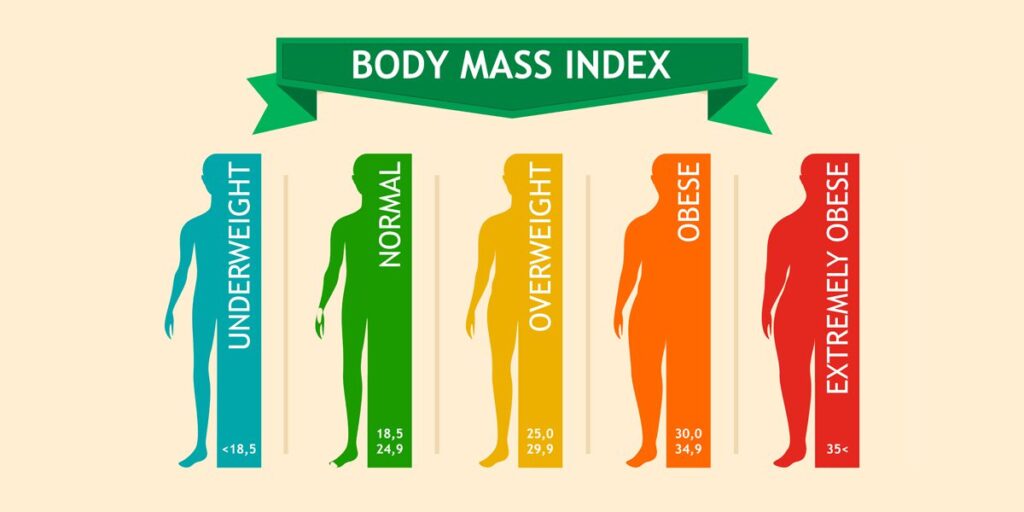Unveiling the World of BMI Calculators

In the realm of health and fitness, understanding your Body Mass Index (BMI) is a crucial step towards achieving overall well-being. This guide delves into the nuances of BMI, offering insights into its significance and how to leverage it for a healthier lifestyle.
What is BMI?
Body Mass Index, or BMI, is a numerical representation of an individual’s body fat in relation to their height and weight. It’s a widely-used screening tool to categorize individuals into different weight status categories, such as underweight, normal weight, overweight, and obesity.
The Science Behind BMI
Calculating BMI
To determine your BMI, a simple formula is employed: BMI = weight (kg) / (height (m))^2. This straightforward calculation provides a general overview of your body composition, helping to identify potential health risks associated with weight.
Navigating the BMI Calculator
Using the BMI Calculator
Fortunately, tools like the BMI Calculator make this process effortless. By entering your height and weight, you can quickly obtain your BMI and gain valuable insights into your overall health.
Decoding BMI Categories
Understanding the significance of your BMI involves exploring the different categories and what they imply for your health.
Underweight: When Less Isn’t More
Individuals with a BMI below 18.5 fall into the underweight category. While some may perceive this as an ideal body state, being underweight can pose various health risks, including nutrient deficiencies and weakened immune function.
Normal Weight: Striking the Right Balance
A BMI between 18.5 and 24.9 is considered normal. This range is associated with optimal health and a lower risk of chronic diseases, making it a goal for many individuals.
Overweight: Navigating Health Risks
BMI values ranging from 25 to 29.9 signal overweight status. Health concerns such as cardiovascular issues and diabetes become more prevalent in this category, emphasizing the importance of adopting a healthier lifestyle.
Obesity: Addressing the Concerns
A BMI of 30 or higher falls into the obesity category. This poses a significant risk to health, increasing susceptibility to various diseases. Effective weight management strategies become paramount in addressing obesity.
Embracing a Healthier Lifestyle
The Role of Diet and Exercise
Maintaining an optimal BMI involves a balanced approach to nutrition and physical activity. Incorporating a well-rounded diet and regular exercise can contribute to achieving and sustaining a healthy weight.
Busting BMI Myths
Myth 1: BMI is the Sole Indicator of Health
While BMI provides valuable insights, it doesn’t account for factors such as muscle mass. For individuals with high muscle density, BMI may inaccurately categorize them as overweight.
Myth 2: BMI is Gender and Age-Neutral
BMI norms can vary based on age and gender. It’s essential to consider these factors for a more accurate assessment of one’s health status.
Conclusion: Your BMI Journey
In conclusion, understanding your BMI is a pivotal step in prioritizing your health. Leveraging tools like the BMI Calculator empowers you to make informed decisions about your well-being. Strive for a balanced lifestyle, incorporating healthy habits that align with your unique body requirements.
FAQs
- Is BMI an accurate measure of body fat percentage?
- While BMI provides an estimation, it doesn’t directly measure body fat. It’s a screening tool rather than a definitive assessment.
- Can BMI be different for athletes and bodybuilders?
- Yes, individuals with higher muscle mass may have a higher BMI, potentially categorizing them as overweight. It’s crucial to consider additional factors for a comprehensive evaluation.
- How often should I check my BMI?
- Periodic BMI checks are beneficial for tracking changes in your weight and overall health. However, consult with a healthcare professional for personalized guidance.
- Are there alternative methods for assessing body composition?
- Yes, methods like body fat percentage measurements and waist-to-hip ratio offer a more detailed analysis of body composition.
- Can BMI be used as a diagnostic tool for health conditions?
- BMI serves as a screening tool, but a healthcare professional will consider other factors for a precise diagnosis.


